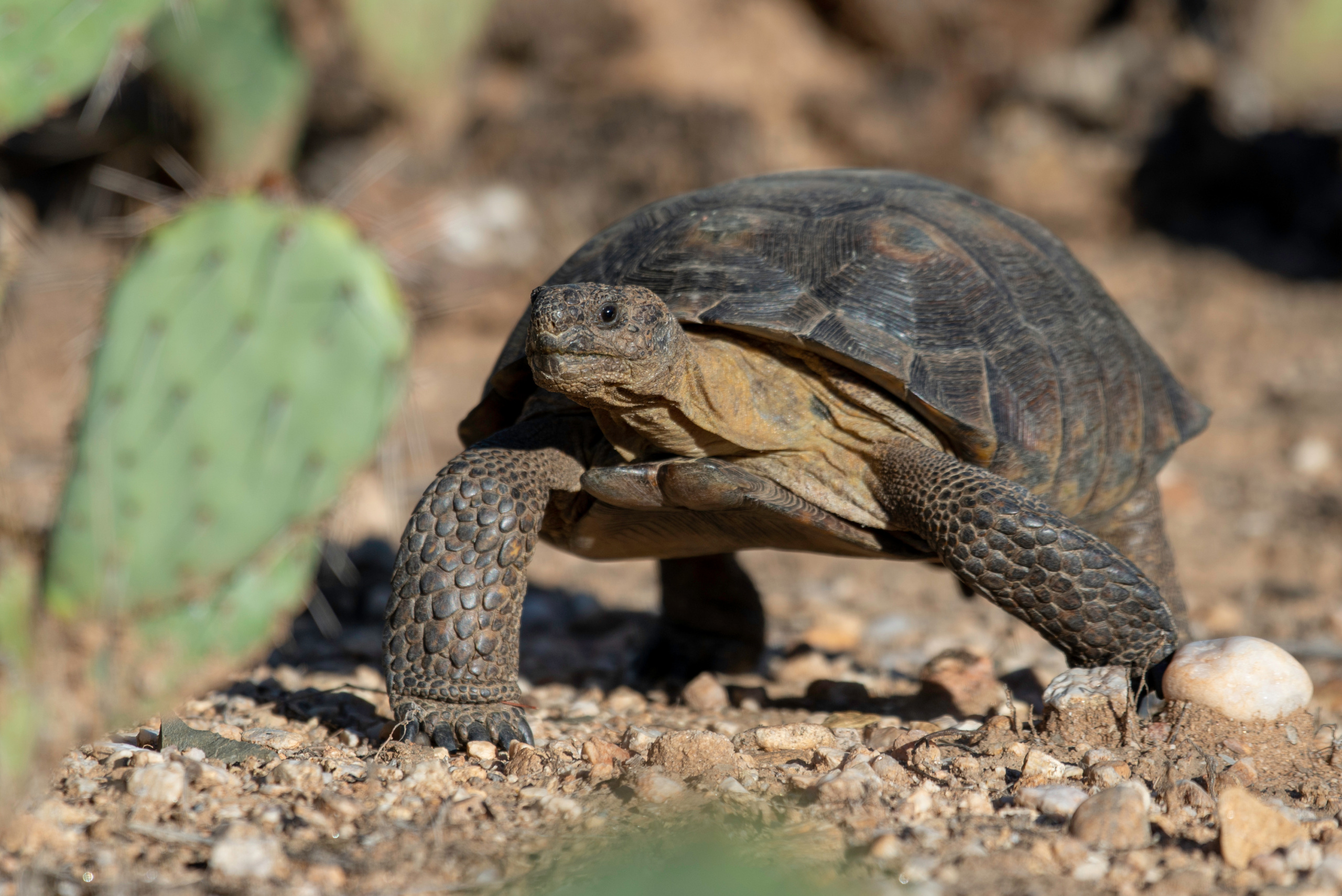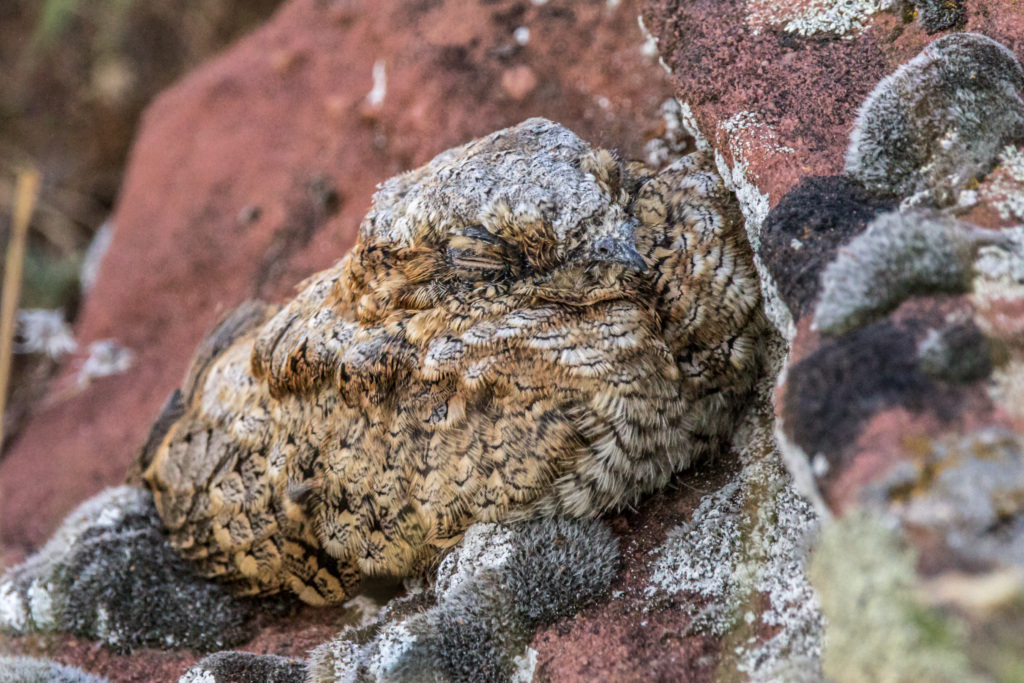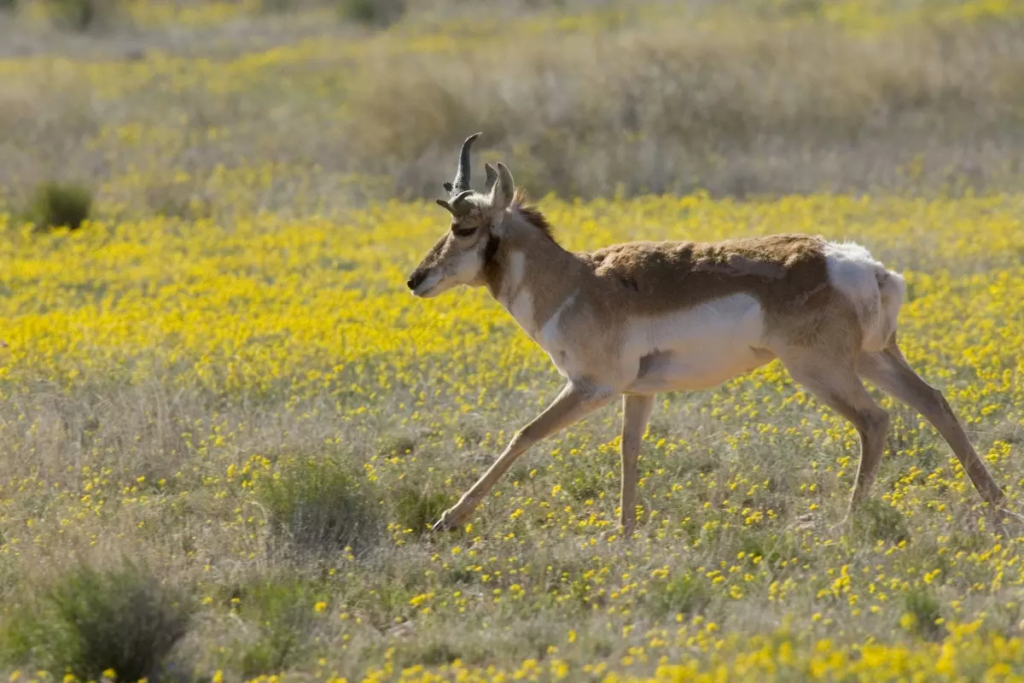
Sonoran Desert animals of California
South of Joshua Tree National Park, the Sonoran Desert is home to many different animals

Most of the United States’ portion of the Sonoran Desert is in Arizona, but its westernmost tip ends in California, just south of the Mojave Desert and close to Joshua Tree National Park. Within the Sonoran Desert in California lies the incredible Chuckwalla Bench, a barren-looking area deceptively teeming with cool critters.
The array of wildlife here is unique — and under the Trump administration, the area was threatened by development, mining claims and irresponsible recreation. As these critters’ territory shrinks, they not only have to survive predators, they also need to avoid getting hit by speeding ATVs.
Chuckwalla lizard

Photo by USGS | Public Domain
The chuckwalla lizard shares its name with the region. When threatened by a predator, this lizard wedges itself into cracks and inhales, so that pursuers cannot extract it. They generally eat plants, although some have eaten mealworms in captivity. The chuckwalla’s desert diet contains a lot of salt, and after feasting, the chuckwalla removes the extra salt by sneezing it out.
Desert tortoise

Photo by Roy C. Averill-Murray | Public Domain
The Chuckwalla Bench boasts one of the highest densities of desert tortoises in the California desert. This threatened keystone species can live for up to 80 years. Much like humans, desert tortoises take about 20 years to reach sexual maturity. Unlike humans, their mating dance involves the male biting a female and following her until, if interested, she lets him mount. Females can retain viable sperm for years and produce offspring whose sex is determined by the temperature rather than chromosomes. Warmer temperatures result in female offspring. The desert tortoise is the state reptile of California, but despite this, it is considered “threatened” under both the California and Federal Endangered Species Lists.
Mule deer

Photo by National Park Service | Public Domain
The Chuckwalla Bench is also home to the mule deer. The burro deer communicate via pheromones. Glands in its hindfeet secrete alarm signals and chemicals showing which pack it belongs to. Its large ears stick out like a donkey’s. In spring, burro deer grow out their antlers and shed their dark winter coats and replace them with a redder color.
Poorwill

Photo by Rachel Portwood | Shutterstock.com
Like to nap? So does the poorwill (kind of). In the Chuckwalla Mountains, biologist Edmund Jaeger was the first person to document torpor, the equivalent of napping or short-term hibernation, in a bird –specifically in the nocturnal, common poorwill.
Sonoran pronghorn

Photo by Steve Hillebrand/USFWS | Public Domain
